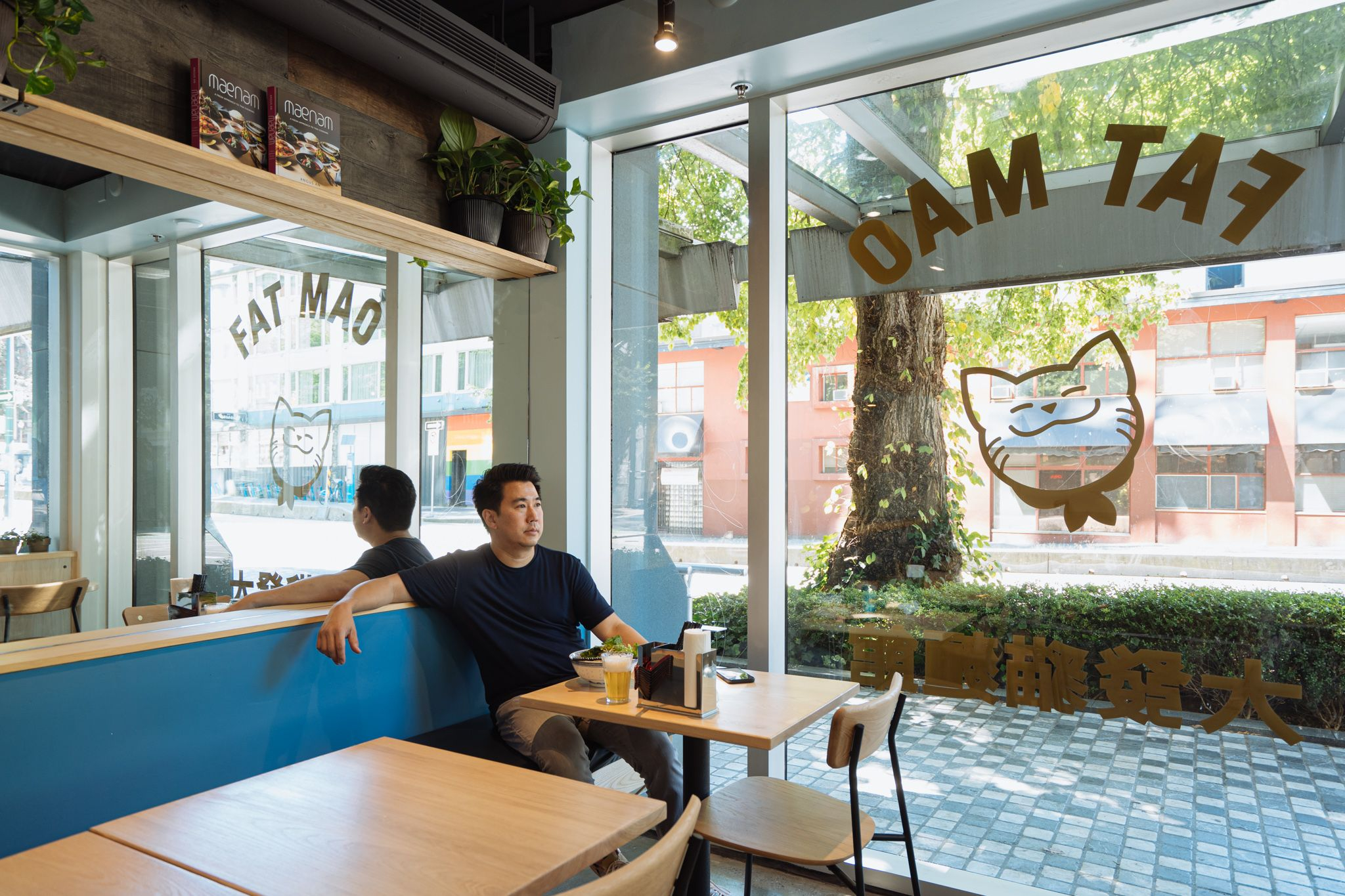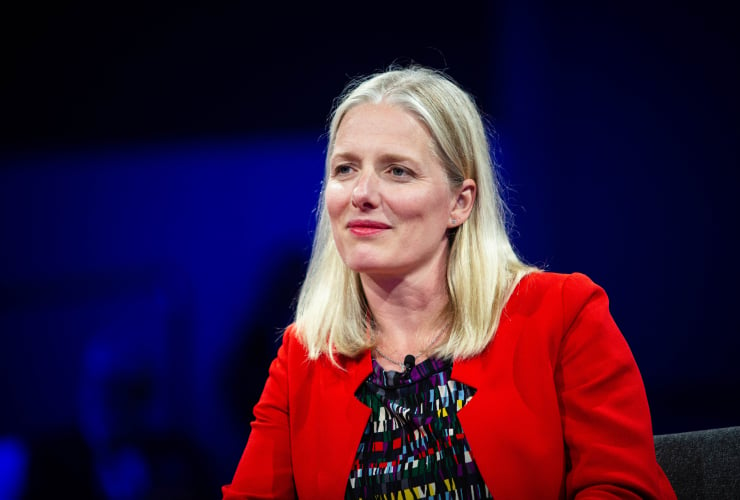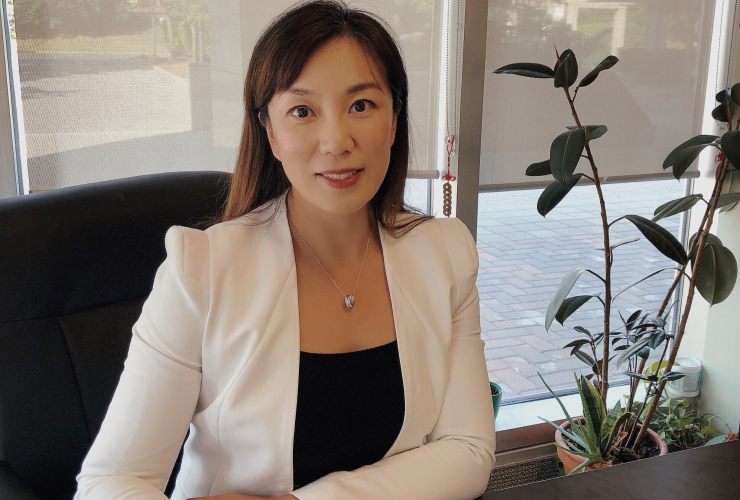For eight years, Fat Mao Noodles in Vancouver’s Chinatown has simmered, stewed and served Thai-style noodle soups and curries. Angus An, who owns the restaurant, says all that cooking was exclusively on induction ranges.
An’s induction stoves break the norm for Thai cooking — some cooks argue Thai stir-fries can only be authentically recreated with gas-burning ranges. But greenhouse gas emissions and health impacts linked to gas stoves have caused many Canadians to rethink their relationship with their ranges. Now, An’s eatery is proof that professional cooks can reduce their kitchens’ greenhouse gas emissions and still serve up some very fine meals.
An’s induction-only kitchen was born out of necessity. When he set out to open Fat Mao Noodles, An realized the space had limited ventilation — much less than required to accommodate the industrial gas burners traditionally used in Thai cooking.
“It was a limitation of space that made me search for a better option in induction,” An said. “I found it working really, really well.”
Some people in Asian, East Asian and Southeast Asian communities are adamant gas stoves are necessary to cook culturally relevant food. Barry Tsang, a Vancouver Community College Asian culinary arts instructor, said traditionally, Asian cooking requires an open flame to achieve “wok hei” — the smoky flavour that comes from airborne droplets of oil igniting in a gas flame.
“I always liked gas stoves because I like to see the flame, which creates wok aroma,” Tsang said. “I don't know if you can recreate the aroma (with induction) because there's no flame.”
Not all chefs are convinced gas stoves are necessary for authentic, culturally appropriate food. Across the border, where federal courts have ruled against gas stove bans, American chef J. Kenji López-Alt said most cooks don’t need gas stoves in an interview with The Atlantic.
Gas ranges have been linked to asthma, and emit methane, a powerful greenhouse gas.
In 2020, gas stoves in homes across Canada emitted about 370,000 metric tons of carbon dioxide equivalent, according to Natural Resources Canada. And according to the United States Environmental Protection Agency, that’s about equal to the yearly emissions from more than 83,000 gasoline-fuelled cars. This does not account for the methane gas emissions that have been found to unintentionally leak out of ranges.
Soon after he opened Fat Mao Noodles, An discovered other benefits of induction. He said his induction stoves mostly heat only his pan and food, while gas ranges transfer heat into the surrounding area. In a small space like Fat Mao Noodles, a gas stove could make customers and chefs unbearably hot, An said.
Induction stoves also make kitchens safer places. Spilling grease on a gas range can cause a grease fire, while induction stovetops are safer to clean. Plus, An said, it’s less risky to let a broth simmer overnight on induction, rather than over an open flame.
But induction stoves have other limitations, An said. Industrial induction stoves are less common than gas stoves, which means repairs can cost thousands of dollars and spare parts can be rare.
“When an induction burner breaks down, there's a lot of computer parts. All you can do is send it back to the manufacturer to get it fixed,” An said. “So there's a lot of downtime.”
And there’s still the issue of wok aroma. Fat Mao Noodles’ two locations don’t make traditional Thai stir-fry dishes — An said he still hasn’t found an induction stove capable of creating wok hei at a commercial scale.
In his interview with The Atlantic, López-Alt offered ways to create wok hei flavour on an induction stove. To replicate the smoky flavour in dishes that need it, like Cantonese chow fun and fried rice, López-Alt said cooks could ignite a stir-fry with a butane blowtorch part way through cooking.
Induction technology is quickly changing, Tsang said. On a recent trip to Singapore, he saw a vendor cooking fried rice in an induction wok. He said one day, induction cookware could be powerful enough to recreate wok hei. But back at Fat Mao Noodles, An is less optimistic.
“I do see a path down the road where a restaurant can have a hybrid system, with some gas appliances and a lot more induction appliances to help reduce their carbon footprint,” An said. “But can it completely replace gas cooking altogether? I don't think so.”
"“wok hei” — the smoky
"“wok hei” — the smoky flavour that comes from airborne droplets of oil igniting in a gas flame. "
Isn't that burned fat and the gases formed by burning fat carcinogenic? Both to breathe and as residue in foodstuffs???
Any kind of "smoked" food is
Any kind of "smoked" food is carcinogenic. One of the example "data maps" (now common) in a data-graphics book:
https://sphweb.bumc.bu.edu/otlt/MPH-Modules/BS/DataPresentation/StomachC...
...see all the stomach cancer up in the Scandanavian-settled states? ("My name is Jon Johnson, I live in Wisconsin") That's your love of smoked fish. Montreal smoked meat, the same.
Consider all smoked meats a "treat" like candy; limit consumption.
But, that said, it's legal, and for those that just gotta have that smoke, the butane torch may be what it comes down to.
I should note that even in
I should note that even in Montreal, smoked meat is a treat. In mid-century Wisconsin full of 1st-generation Swedes, it would be almost daily bread.






Comments